Today we’re looking at a much different market. Rare plants don’t necessarily make the world’s best investments, but they’ve seen a surge of interest since Covid and appreciate in value as they grow.
Even if they don’t make you rich, houseplants are a great investment in your health and mental well-being. There’s now a budding market for rare plants that has sprouted out of nowhere.
These are just a few of the many plant puns we’ll make in this issue.
Let’s explore 👇
Table of Contents
Why rare plants?
Have you ever walked into a place full of lush, green plants and thought, “Wow, this place feels amazing!”
There’s a reason for this. Plants are alive, and they make you feel alive.
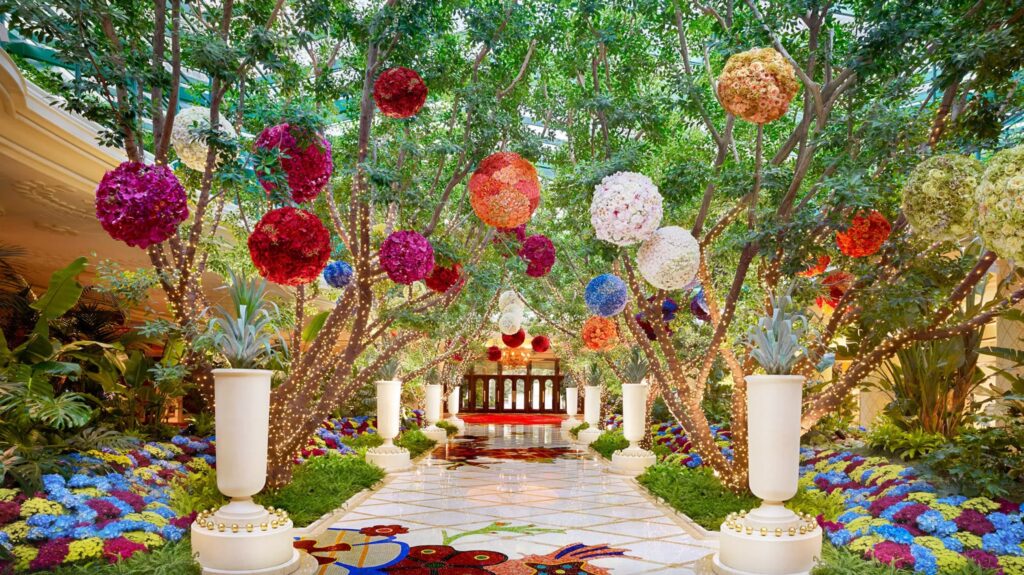
There’s nothing quite like decking out a space with cool houseplants. Indoor plants do more than just look great; they clean the air and lift your mood.
The Snake Plant (also known as the “Mother-in-Law’s Tongue”) is an exceptionally good air purifier. It removes pollutants like smoke, nitrogen oxides (fuel fumes), and xylene (paint fumes) from the air, all while converting carbon dioxide into oxygen.
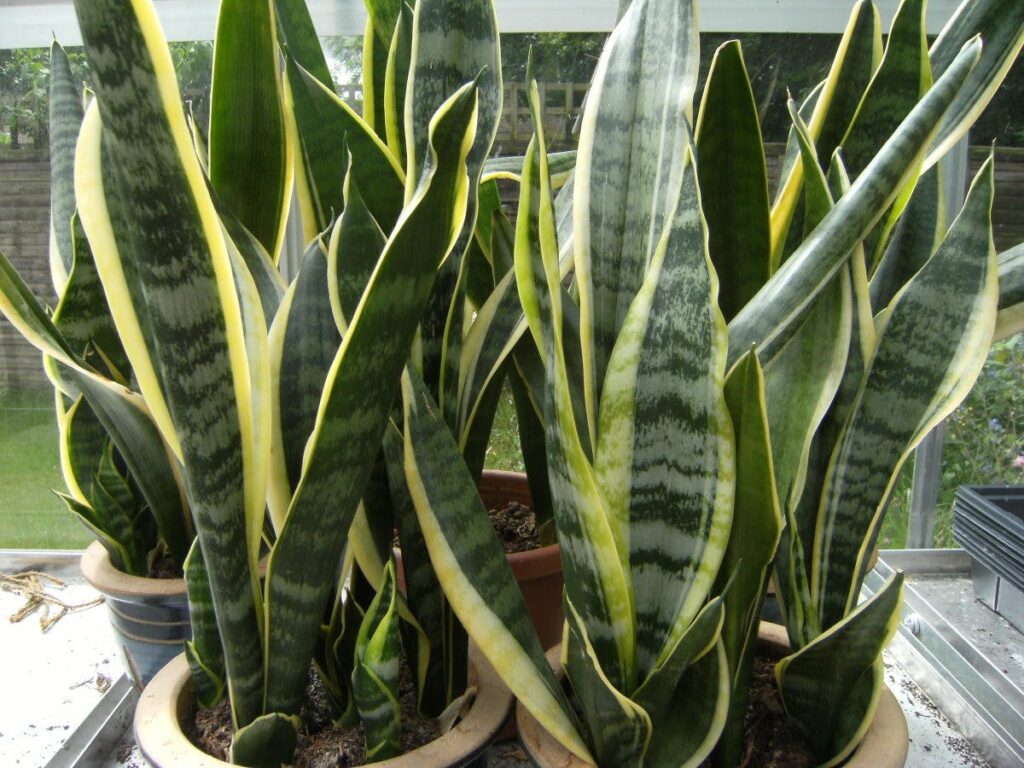
The market for houseplants
Between 2017 – 2019, houseplant sales grew by 50% in the US. But the market really started to kick into high gear when Covid hit.

The pandemic had a multi-pronged effect on the houseplant market. For a huge swath of knowledge workers, working from home quickly went from being an occasional corporate treat to the norm. With everyone spending way more time confined to small spaces, happiness plummeted and loneliness quickly crept in.
The solution for many was to replace their human friends with green ones. Just a month into the pandemic, it was reported that 66% of consumers owned houseplants.
Interest in houseplants has leveled off since then. But it’s still 2x higher than it was 5 years ago. And according to research from Advanced Market Analytics, over the next 5 years, the indoor plant market is projected to achieve a CAGR of 10.24% — which is on par with economic stalwarts such as aerospace/defense, biotech, and real estate.
What makes a plant rare?
Rare plants are any species with a factor that limits their widespread growth.
🔍 Scarcity
Some plants are rare because there simply aren’t many of them. But what’s really interesting is low natural population does not equate commercial scarcity.
For example, take the Hawaiian Cabbage Palm. Only about 50 of these plants live in the wild. But because they’re so easy to breed, retailers sell 40,000+ of these each year. So despite their natural rarity, they can be picked up for under $30.
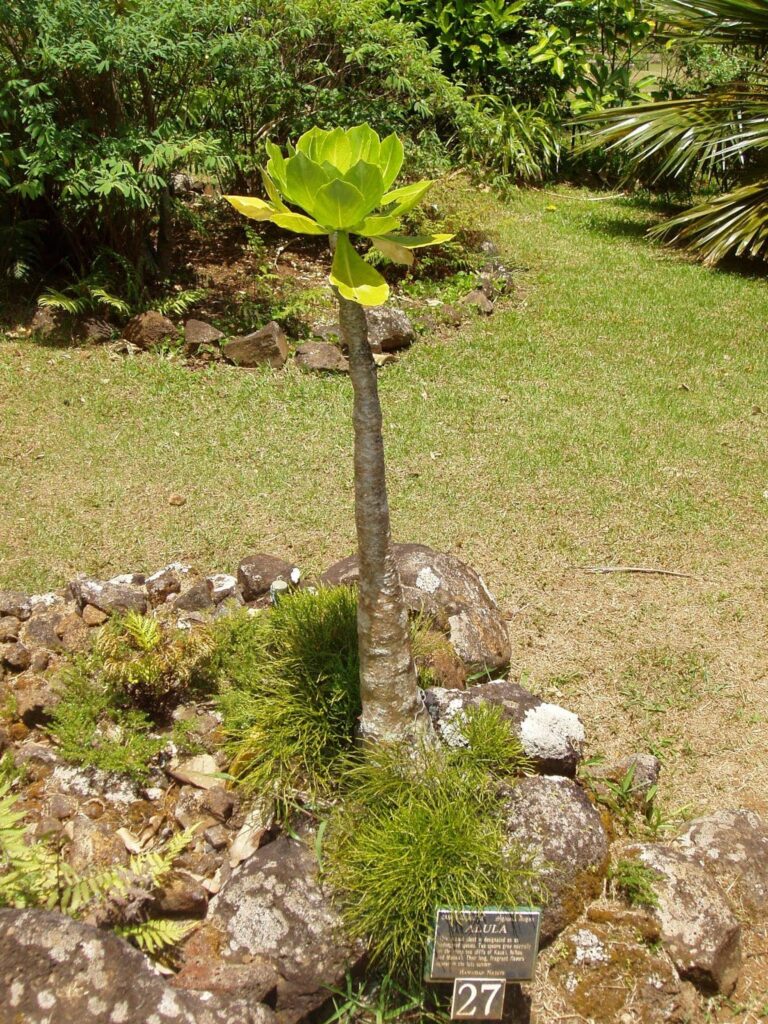
🌱 Difficulty to grow
Plants that are difficult to keep alive are the prized possession of green thumbs — and because they die so easily, the supply is reduced.
For example, the Fiddle-Leaf Fig throws a tantrum at even a slight disruption in its light source. It also needs to be regularly watered and fed — but not too much, or it starts complaining. The difficulty of growing these houseplants also makes them a pain to breed.
Yet, despite its notoriety, the Fiddle-Leaf Fig has become one of Instagram’s favorites. There are even accounts devoted entirely to the plant.

⌛ Growing time
Some plants take what seems like forever to grow. Cacti and other succulents are the biggest examples of this. The Aztekium cactus family can take 20 years to develop.

Discovered in 1929, these plants only grow in Nuevo León, Mexico, and are considered sacred plants for some Mexican tribes.

One of the best things about plants is that they become more valuable as they grow. The plants don’t even have to be particularly rare, just old.
A small Canary Island Date Palm (which is my favorite tree in the world) can be bought for about $400. At 25 years old, they can fetch around $10,000 each. Fully grown? $20,000, and worth every damn penny.
📅 Lifespan
On the other side of the coin, some plants don’t last long enough. No matter how well you look after them, they just aren’t cut out for this world.
For example, there’s a whole class of daily flowers that are alive for…yep, you guessed it: a single day. Morning Glory plants are known for two things: 1) They are one of the shortest-blossoming flowers in the world, and 2) Their seeds have hallucinogenic properties.
🌎 Limited geographic availability
Some plants may only grow in specific regions or environments. Take the endangered Sentry Milk-Vetch. This thing only grows in one place on earth: the very bottom of the Grand Canyon.
Only three populations of this tiny plant exist, with just 2,500 individual plants living in the wild.
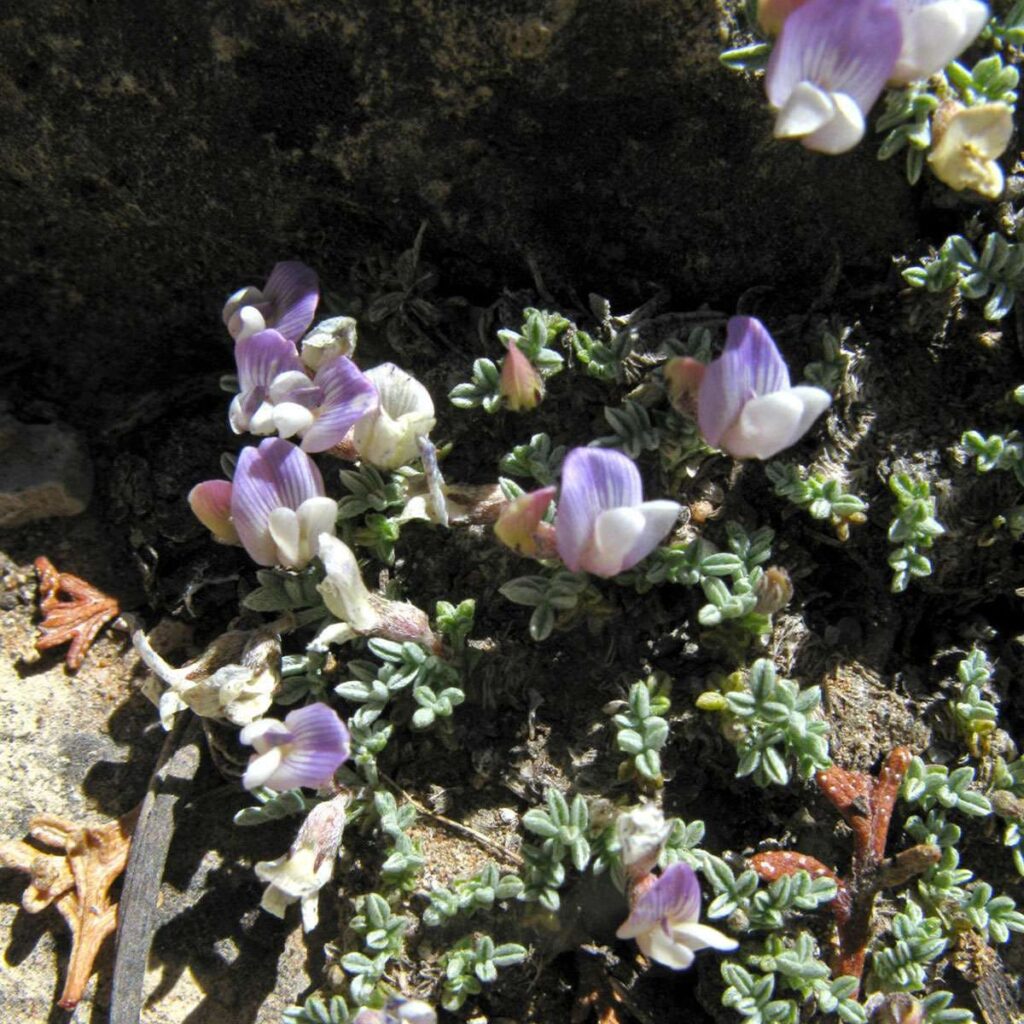
“Special” plants
There’s also an entire category of plants which are, shall we say, special in other ways. Ahem.
This is an entire topic on its own, and we won’t go too deep into it here today. But if you’re interested in learning more about this world, check out this guide for growing indoor plants.
The world’s most expensive plants
The Sri Lankan Kadupul
The most valuable plant in the world is the Sri Lankan Kadupul, which isn’t even sold. It’s basically priceless.
The Sri Lankan Kadupul is possibly the rarest flower in the world for one simple reason — it blossoms for a total of 2 hours, only during a full moon. Seriously. The petals start opening around 10–11 pm, unleashing a soothing fragrance, before fading into the night.
People flock from all over the world just to see it bloom.
The Frankenstein flower
The Shenzhen Nongke Orchid is completely man-made. It was created in a Chinese lab over eight years, by the Shenzhen Nongke Group.
The flower is incredibly rare and one of few to be fully developed by humans. The orchid took more than two years to grow a single leaf.

Though the lab-created flower can be bred, it’s almost impossible to find its seeds or plants on the market, even at the most exclusive of rare plant retailers.
In 2005 the original orchid was sold at auction to an anonymous bidder for $224,000.
Monstera plants
The Kadupul and the Shenzhen Nongke Orchid aren’t particularly realistic options for houseplant collectors on a budget. But the rare Variegated (multi-colored) Monstera Adansonii Archipelago is.
A quick look at this plant’s leaves immediately shows why it’s so highly valued. The dazzling combination of white splotches alongside the traditional deep-hued green is a sight to behold.
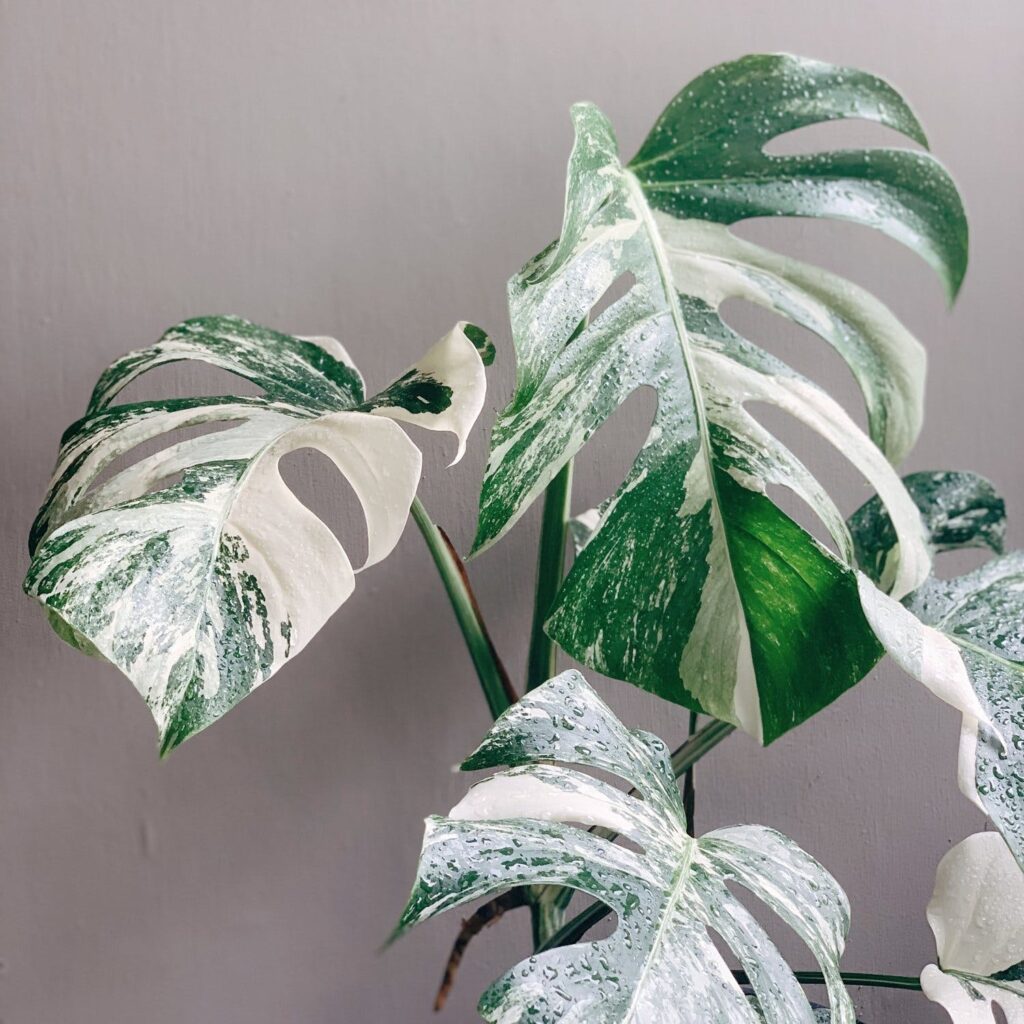
Another pricey Monsteras is the rare Obliqua Peruvian ($1,000)
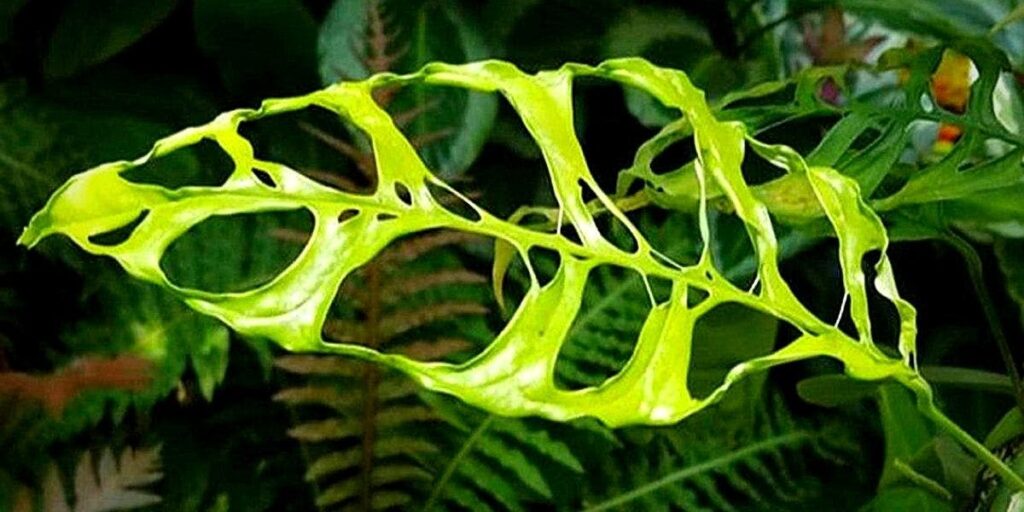
Bonsai trees
Designer bonsais that have been trained for years can command huge prices, and many are even deemed priceless. There are some seriously cool ones out there.
But the most expensive bonsai ever sold was reportedly 800 years old. (Yes, you read that right). It sold for $1.3m at the 2012 International Bonsai Convention in Takamatsu, Japan.

Kunio Kobayashi is one of the most respected Bonsai artists alive. His collection contains more than 1,000 bonsai trees, whose prices routinely reach a million bucks.
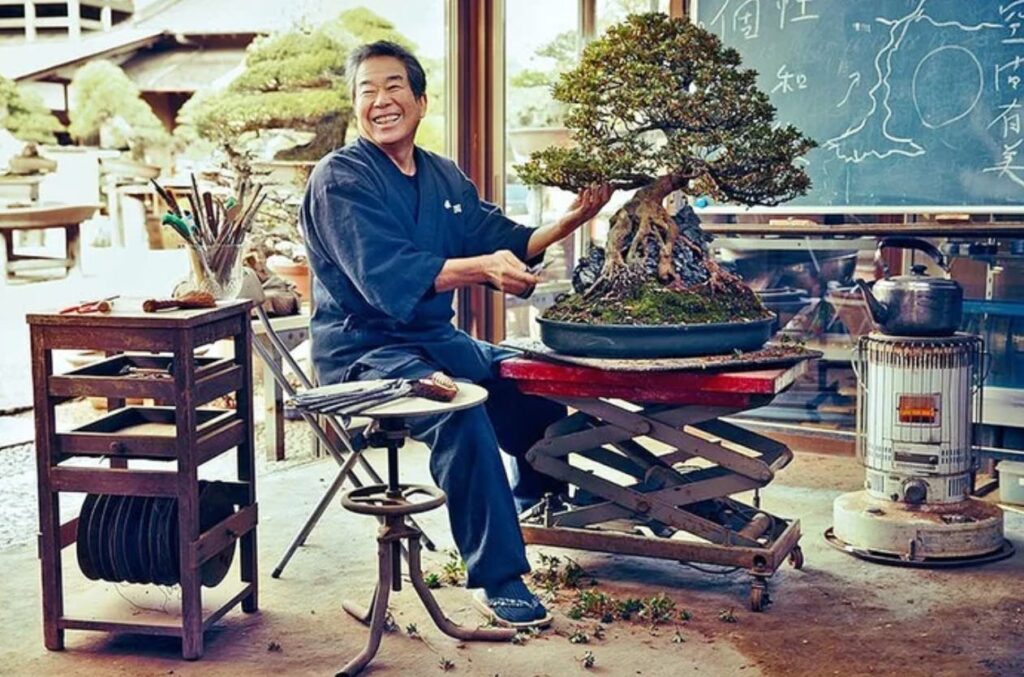
The Instagram effect
It’s no surprise which generation is behind the current houseplant craze.
Despite representing less than 25% of the world’s population, millennials account for about a third of the indoor plant boom.
Much of this can be attributed to social media. TikTok and Instagram are littered with hundreds of thousands of pages devoted to houseplants. Whether it’s just for aesthetic (“the vibe,” if you will), tips for care, or humble-bragging, a quick search on both platforms yields an endless forest of results.

Plant influencers
There are a few factors that affect the price of a plant:
- How easy it is to propagate
- How easy it is to care for
- How long you need to wait before you can propagate again
If a plant isn’t gonna die easily and can be bred without hassle, there should be ample supply.
But trendiness plays an even bigger role in value. There’s a pretty consistent cycle of demand that looks something like this:
- A plant influencer flaunts a new/rare addition to their collection
- Demand for this specific plant spikes
- Supply cannot immediately catch up to demand, and plants once worth $20 trade for $100+.
- The industry catches on, breeding speeds up, the plant becomes cheap/uncool again, and disappears from Instagram posts.
A great example of this is the ZZ-Raven. Nothing about this plant made it particularly valuable – it’s easy to find and grow. Nobody really cared about it until 2019, when it suddenly started gaining traction among Instagram influencers.
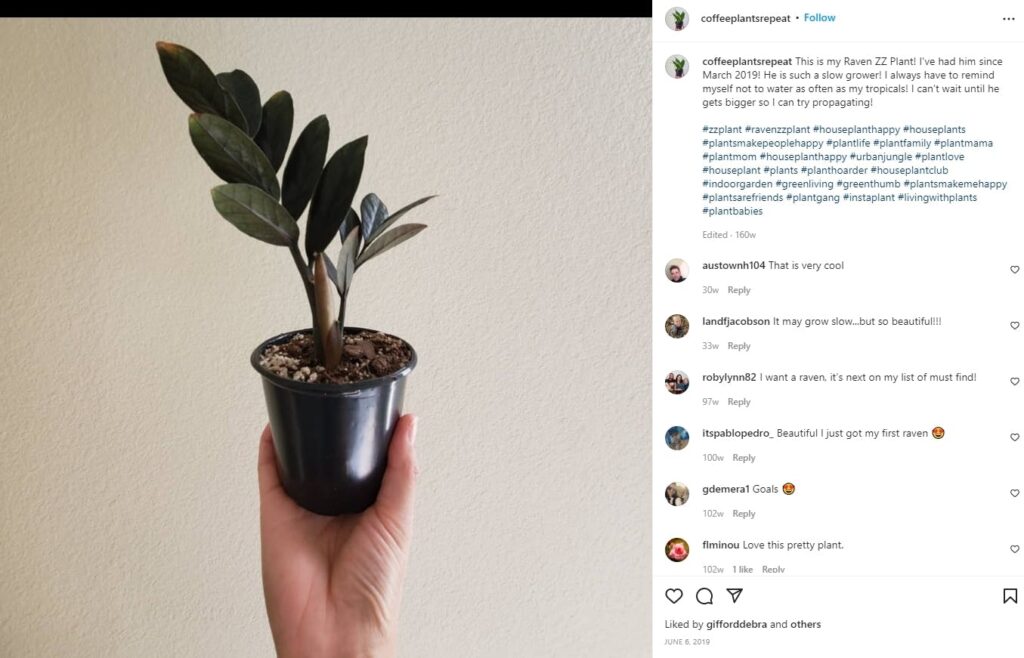
At the height of its popularity in mid-2019, eBay sellers offered cuttings for hundreds of dollars. Nowadays, you can pick up a fully-grown ZZ Raven for just $20 at Walmart.
Timeless value
Luckily, some houseplants can withstand the mercurial trends set by famous Millennials. These plants aren’t rare because nobody knows about them — they’re rare because they can’t be mass-distributed.
One of the most delicate and in-demand plant species is the multi-colored Philodendron. This particular plant is renowned for its alluring leaves that range from sunset orange to “Millenial Pink.”
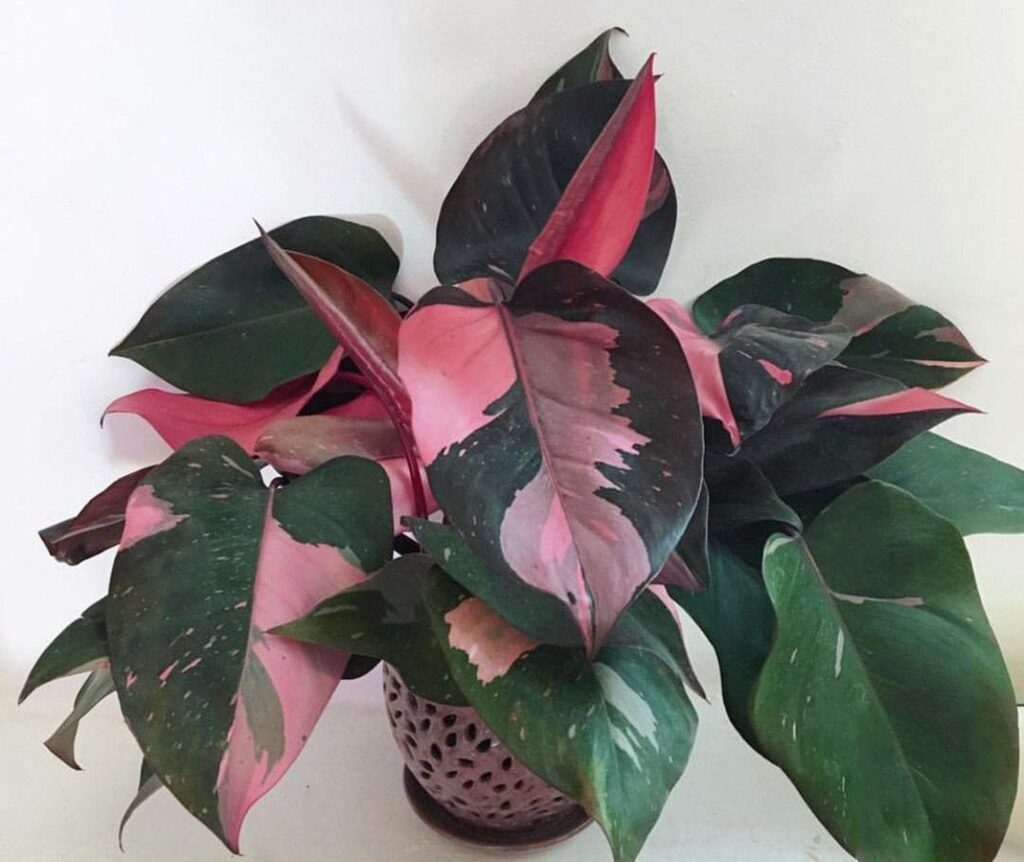
The most popular varieties come from a mutation that is incredibly difficult to recreate. Their cuttings must be grown in tissue culture, which is time-consuming and expensive. Oh, and only a very small percentage of the offspring will have multi-colored leaves!
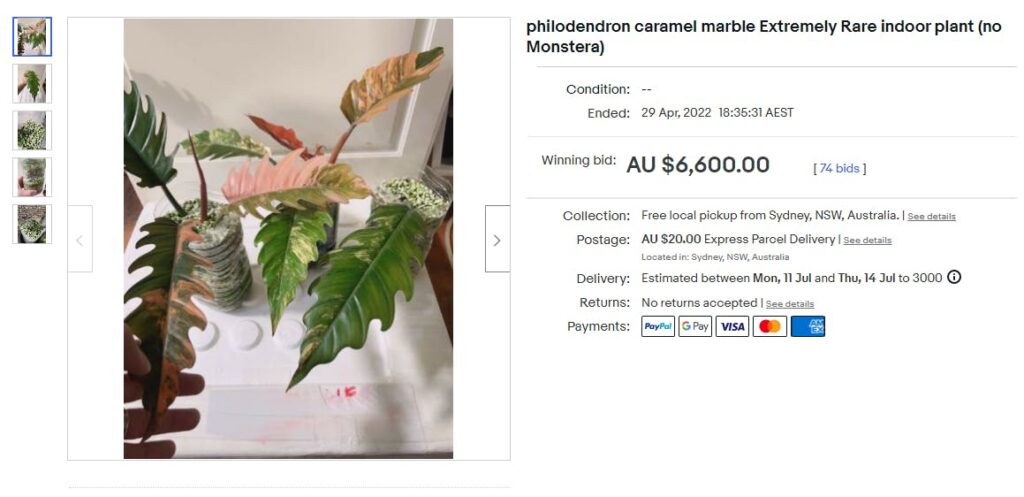
How do you buy rare plants?
Instagram & eBay
Instagram has a thriving houseplant exchange community, and creating a personal relationship with another plant enthusiast always feels good.
Instagram might be a bit more expensive than buying from retail, but traders are likelier to stock the niche plants collectors crave.

eBay can be another great resource for plant lovers. But beware: Low-quality cuttings and fake labelings are rife throughout the marketplace. Sticking to verified rare plant storefronts will go a long way to avoiding parasites.
Nurseries
Wholesale nurseries are flush with trending plants, but small boutique plant nurseries are much better for finding your next rare plant. Buying from these stores also gives you the best chance of finding higher-quality propagations.
Nurseries all over the US, Australia, and Europe have entire sections dedicated to retailing the rarest and most valuable houseplants.
The Rare Leaf is an Australian nursery that stocks the rarest of the rare. The most popular plants are sold out within weeks. There are also online auction houses, like Steve’ Leaves and Carnivero.
The most important thing here is to buy quality, and stay on top of the trends.
The downsides of investing in rare plants
When investing in rare plants, the biggest turn-off is that they’re living, breathing things. They can’t just sit in a cupboard collecting dust — you’ve gotta look after them or your investment is toast.
Some of the rarest plants are notoriously fickle, which makes them extra risky from an investment standpoint. There’s a chance they straight up die, and your investment goes to zero.
And yes, you’ll have to get good at propagating. Different plants require different forms of breeding – some you can just cut stems off and plant in water. Others need to be sold as seeds, while some need their roots to be buried in soil and grown before you can sell.
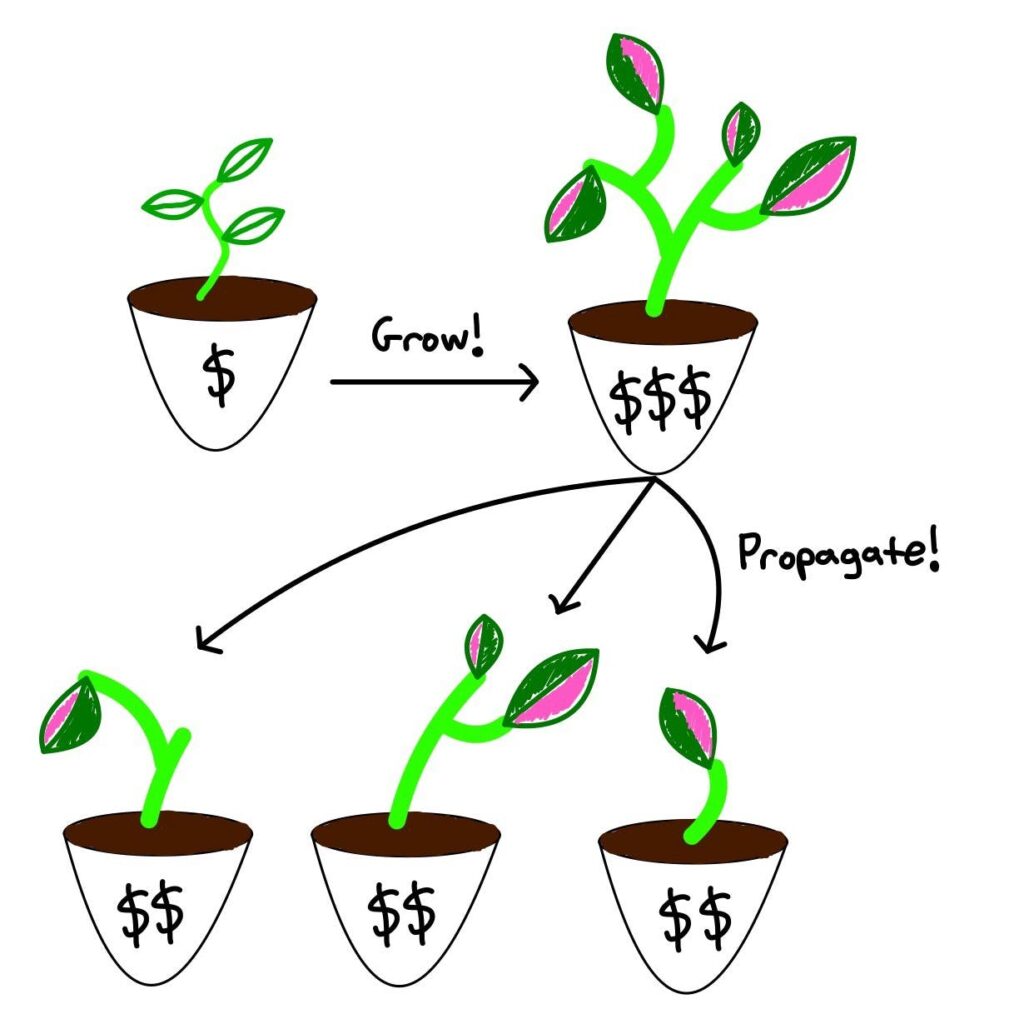
And with how trend-driven the houseplant market is, it can also be very hard to capitalize on in-demand flora. By the time you’ve recognized a plant is in vogue, supply might already be matching demand. Before long, it might no longer be cool.
Conclusion
Think of rare plants as less of a passive investment and more of an active business. If you have a good strategy and put in the work, you’ll see the reward.
The real money is in breeding. If you become really skilled at propagating, the potential profits can be huge. One plant can turn into ten cuttings, which might turn into ten plants, which might turn into 100 cuttings, etc. Then it becomes a gift that keeps on giving.
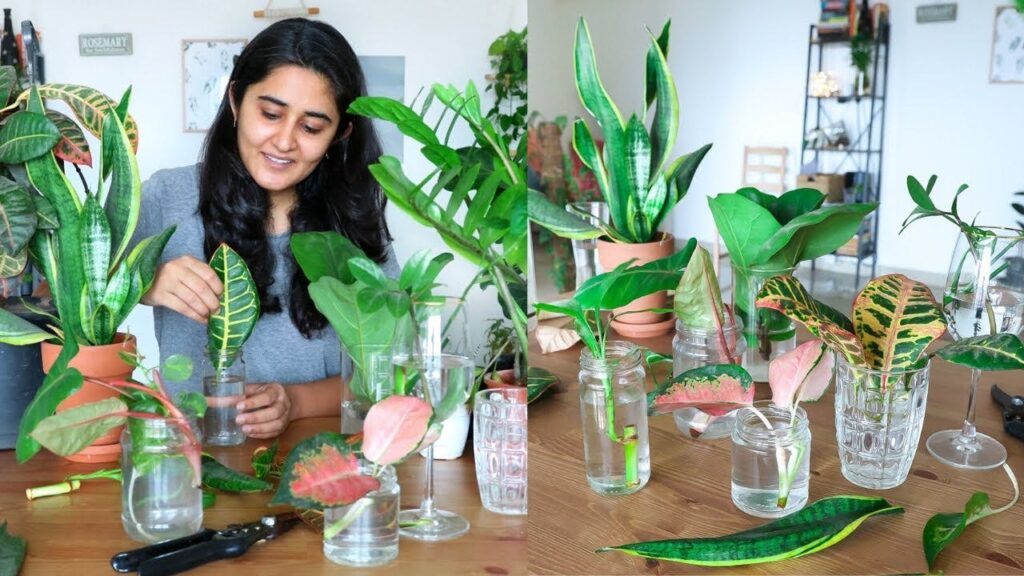
Millenials planted the seeds of this market throughout the late 2010s, the pandemic became the fertilizer, and now it’s time to see how high it can grow.
If you can avoid the guilt of inevitably becoming a plant murderer, breeding rare plants can be an awesome way to meet demand and maybe make some cash on the side.
Remember, the best investment you can make is always in yourself. At the very least, you’ll breathe better, reconnect with nature and improve your mood 🌱












